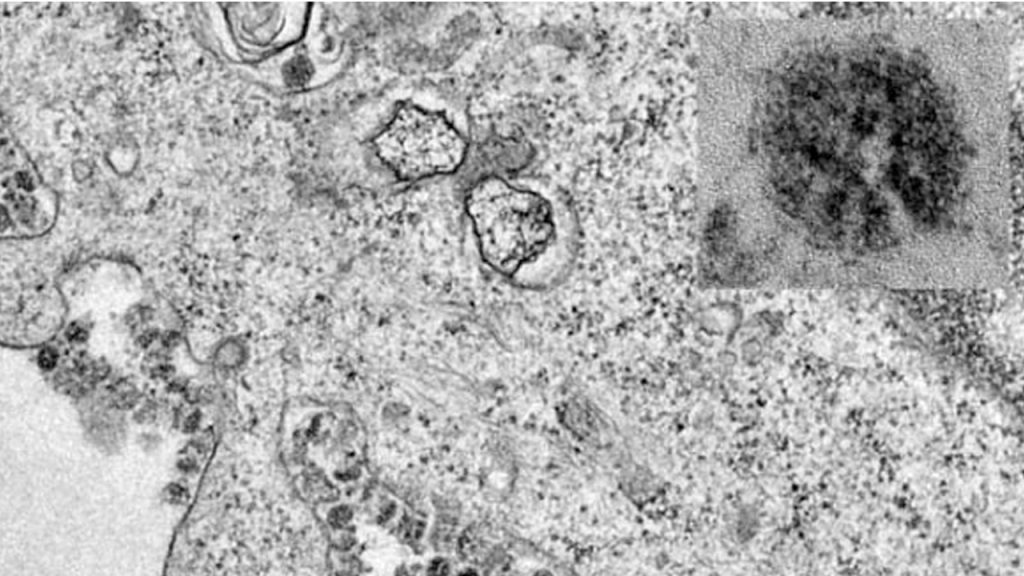There is an interesting article in the magazine Our Dumb Animals, published in 1931. The magazine was published by the Massachusetts Society for the Prevention of Cruelty to Animals and describes itself to speak “for those that cannot speak for themselves.” In this issue, Charles Freeman wrote an article entitled “Well-Treated Animals of the Philippines.” An excerpt is provided below:
While as a general thing cruelty to animals is rampant in the Philippines, yet there are notable exceptions.
[Here the author mentions the various animals such as the carabao, horse, rooster, and pig]
American influence has done much to better the condition of domestic animals throughout the vast archipelago, and honor is due to the various humane societies which we have established. But as yet their noble work is in its infancy.
While the Americans were the ones who introduced animal welfare societies in the Philippines which promoted “our dumb animals” during the first quarter of the twentieth century, it is however inaccurate that the condition of domesticated animals improved because of them. We must begin to ask what improvement entailed, the role of the state and the primary movers in the promotion of this so-called “animal rights”.
Furthermore, the question of animal welfare may have existed in various forms only to be collectively organized by those who claim to have a better understanding of what animal welfare entitled. I bring this question to the fore because in the quest to have a standard of what welfare included also meant excluding other accepted conventions of welfare. In the process, indigenous knowledge and culture will have to be challenged in the process.
The case of the carabao might just be a good example. Prior to the arrival of the Americans in the early twentieth century, the carabao was already accepted as the most formidable and dependable animal in the fields in the Philippines. Its utility placed itself particularly well in the rural agricultural economy. Because of how it contributed to the household’s survival, the animal transformed from simply becoming the “beast of burden” but as a family member. The care and compassion for the animal, though because of its utilitarian reasons, was exhibited largely by the demographic group that depended well on the animal, i.e., the rural peasantry and landed gentry.
Animal welfare came not as a critical issue as far as the carabao was concerned. Rather, it is this welfare which catapulted the carabao to be the most disputed animal in the court of law. Animal laws were created not primarily to take care of the animal’s welfare but to protect the right to property and ownership of their masters. If these laws were able to protect the welfare of the beast, it was at most secondary and consequential to the need for human and economic survival. Evidence can be gleaned from my initial research on carabaos as private property and the laws which were generated in the first quarter of the twentieth century Philippines.
We might as well consider the possibility of looking into animal welfare based on geography and social class. Is the treatment for animals found in the city the same as the treatment of those in the provinces? Are certain treatments such as whipping, branding, or placing metal shoes exceptions to the welfare as these were deemed as “needed”? Or were the first animal welfare groups catering to a select few privileged members of the society and limited to only a select group of animals?
These questions make it more challenging to understand the complex nature of welfare on domesticated animals. Yet, the paradox is very evident here: domestication implied the required exaction of brute force and violence. Can welfare be genuine and authentic when force and violence were first exercised on an animal populace?
In this regard, animal histories are more interesting with how it parallels well with human experience.
